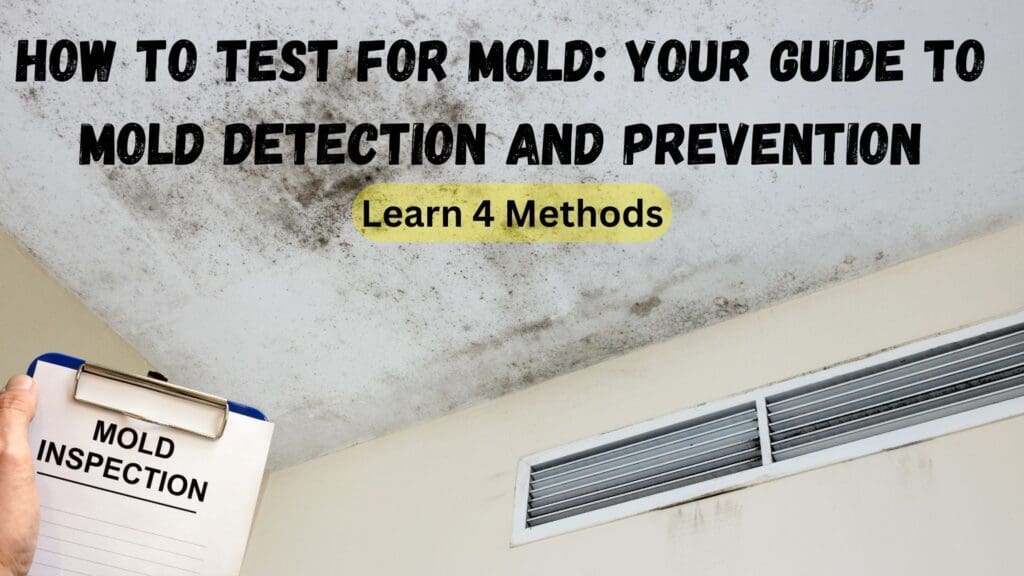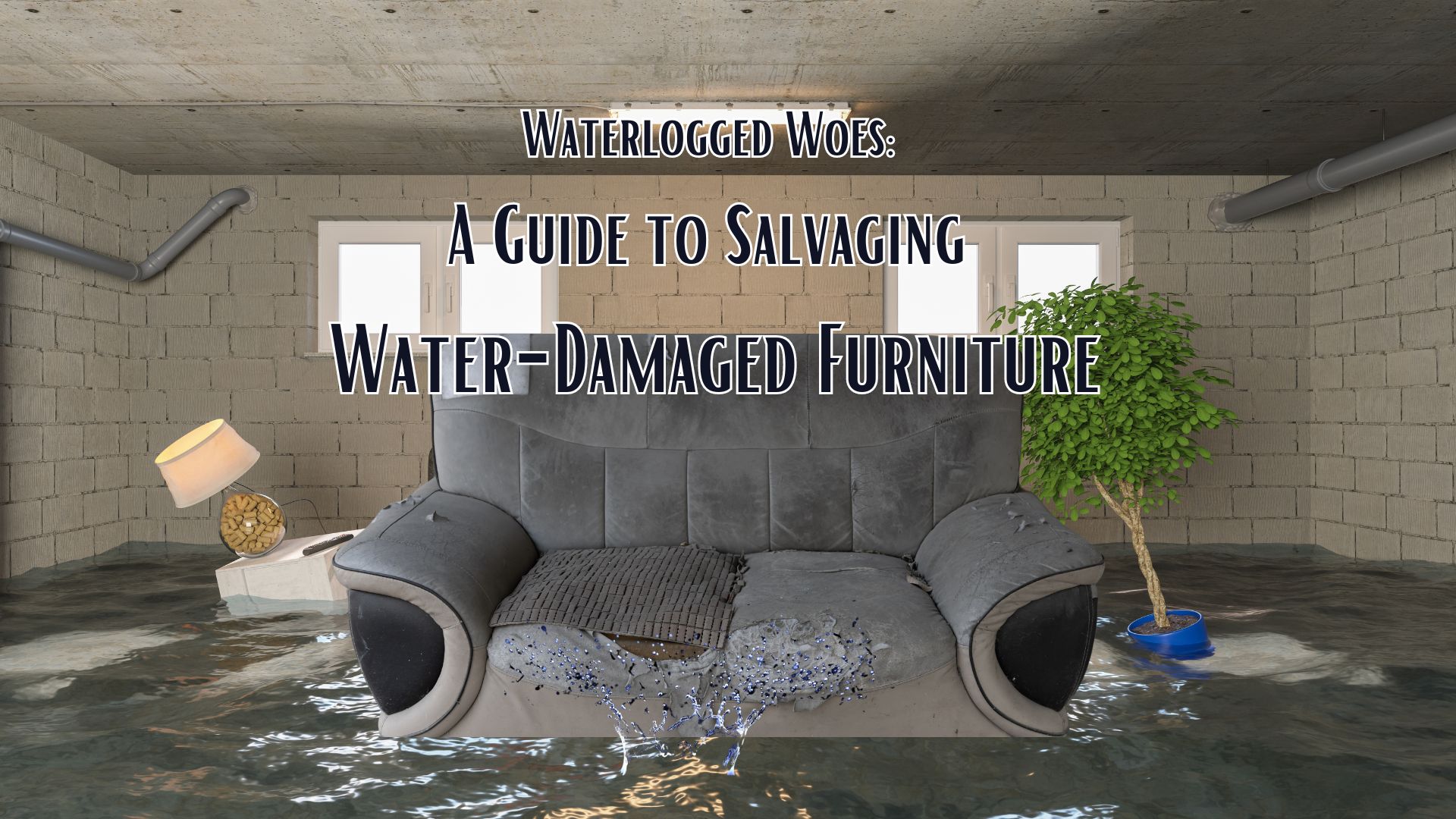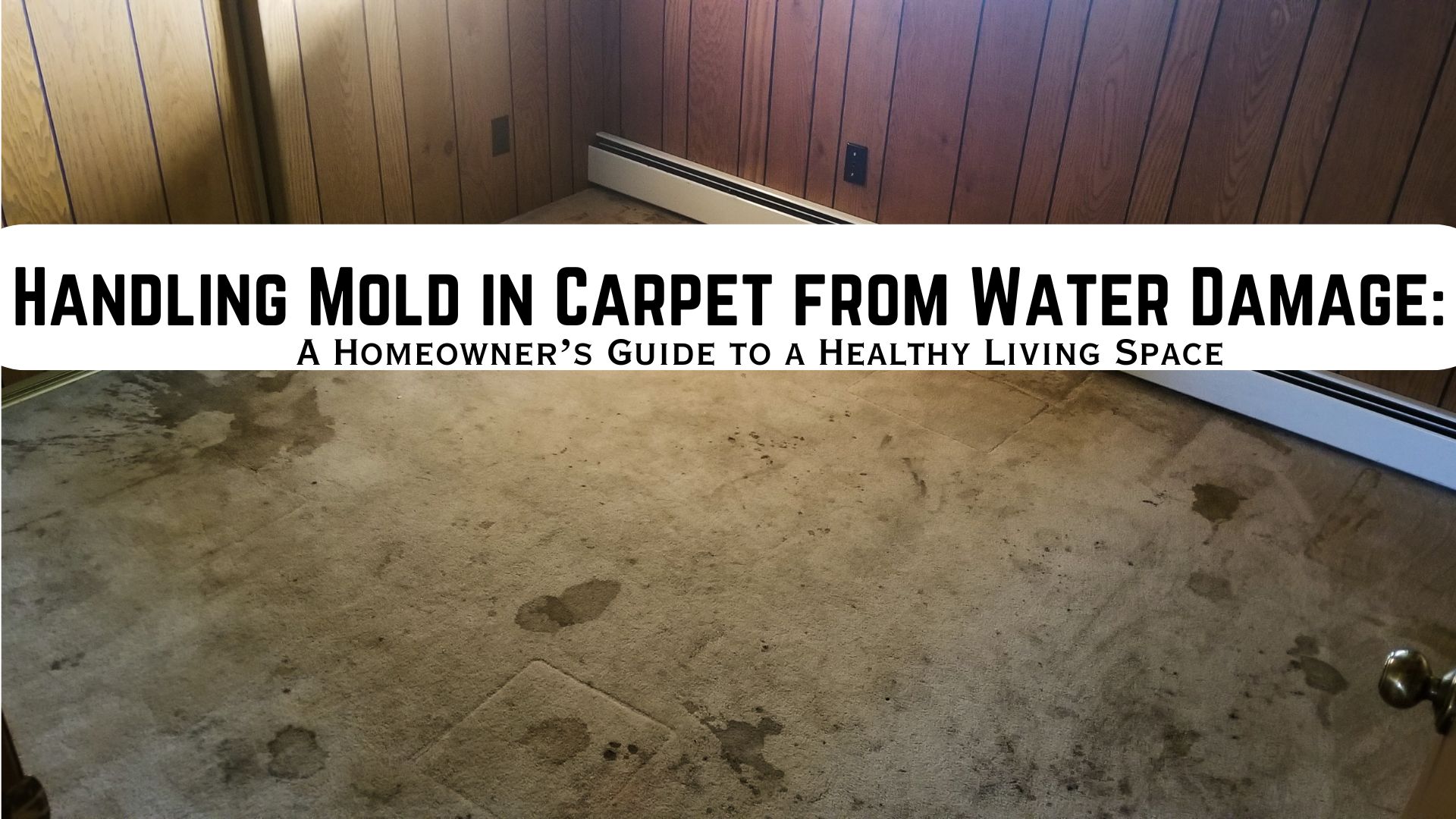
Mold is a common problem that can be found in many homes and buildings, and it can have serious consequences for both your property and your health. To address this issue effectively, it’s crucial to understand how to test for mold. This article will provide you with comprehensive insights on detecting the presence of mold, identifying the types of mold, and preventing its growth. We’ll explore various methods of testing, from DIY solutions to hiring professionals, as well as discuss the associated health problems and the importance of the Environmental Protection Agency (EPA) guidelines.
Recognizing the Presence of Mold
Mold can grow in various environments, particularly in areas with water damage or high humidity levels. Before exploring how to test for mold, it’s essential to understand how to recognize its presence in your home. Below are some essential indicators that your home might have a mold issue:
Visible Signs: The most obvious indication of mold is when you can see it. Mold can appear in a variety of colors and textures, including green, black, or white, and it often resembles a discolored, fuzzy growth on walls, ceilings, or other surfaces.
Musty Odor: Mold emits a distinctive musty smell. If you notice an unpleasant, earthy odor in a specific area of your home, it might be an early sign of mold growth, even if you can’t see it.
Water Damage: Mold thrives in moist environments. If your property has experienced water damage due to leaks, flooding, or high humidity, this significantly increases the likelihood of mold growth. Be especially vigilant in areas where water damage has occurred.
Health Problems: Prolonged mold exposure can lead to various health problems, including allergies, respiratory issues, and skin irritation. If you or your family members experience unexplained health issues, mold may be the culprit.
How to Test for Mold: The Importance of Testing
Reasons Why Testing for Mold is Very Essential:
- Identifying the Environmental Protection Agency (EPA) Guidelines: The EPA provides valuable guidelines for mold testing and remediation. Following these guidelines ensures your safety and compliance with established standards.
- Determining the Type of Mold: Different types of molds can have varying levels of toxicity and health effects. Testing helps you identify the specific type of mold present, such as black mold, and take appropriate measures.
- Protecting Your Health: Mold exposure can lead to a wide range of health problems, from mild allergies to severe respiratory issues. Timely detection allows you to address these health concerns promptly.
- Preventing Further Damage: Mold can damage your property, including walls, ceilings, and structural components. Early detection and intervention can prevent extensive and costly damage.
How to Test for Mold: Different Methods
Now that you understand the importance of how to test for mold, let’s delve into various methods and techniques to determine the presence of mold in your home.
1. Visual Inspection:**
A simple but effective method to detect mold is through visual inspection. Examine areas that are susceptible to moisture, such as bathrooms, kitchens, basements, and crawl spaces. Look for visible signs of mold, including discoloration, stains, or growth on surfaces. Pay attention to any musty odors that might lead you to hidden mold sources.
2. DIY Testing Kits:
DIY mold testing kits are readily available in most hardware stores. These kits typically consist of petri dishes or tapes to collect samples. Follow the instructions provided in the kit to gather samples from areas you suspect contain mold. You can subsequently dispatch these samples to a laboratory for thorough examination.
3. Air Sampling:
Air sampling is another common method used to test for mold. It involves collecting air samples to assess the concentration of mold spores in the environment. This method is particularly useful if you suspect mold contamination but can’t pinpoint its exact location. A professional tester can use specialized equipment to conduct this type of sampling.
4. Professional Mold Inspection:
When you suspect mold and are unsure of the extent of the problem, it’s often best to hire a professional mold inspector. These experts have the knowledge, experience, and equipment to conduct a thorough assessment of your property. They can identify mold sources, determine the type of mold present, and provide recommendations for remediation.
Laboratory Analysis of Samples:
In most cases, collecting samples, whether through DIY kits or professional inspection, involves sending them to a laboratory for analysis. Laboratory tests can identify the type of mold, its concentration, and whether it poses health risks. This information is crucial for determining the appropriate steps for remediation.
Identifying the Type of Mold Present:
Understanding the type of mold in your home is essential, as it can vary in toxicity and health effects. Some common types of mold include:
Stachybotrys Chartarum (Black Mold): Black mold is one of the most infamous types of mold due to its potential health risks. It often appears as a dark greenish-black growth and is associated with respiratory issues, headaches, and other health problems.
Aspergillus: Aspergillus is a common indoor mold that can cause allergies and respiratory problems, particularly in individuals with compromised immune systems.
Penicillium: This mold is known for its rapid growth and can cause various health issues, including sinusitis and asthma.
Cladosporium: Found on fabrics and other porous materials, Cladosporium can trigger allergies and respiratory problems.
Preventing Mold Growth:
Preventing this issue is as important as knowing how to test for mold. Here are some tips to minimize the risk of mold in your home:
- Control Moisture: Fix any leaks promptly, maintain proper ventilation, and use dehumidifiers in areas prone to high humidity.
- Regular Cleaning: Clean and disinfect areas that are prone to mold, such as bathrooms and kitchens. Scrub away any visible mold growth.
- Proper Insulation: Ensure proper insulation in your home to prevent condensation and moisture buildup on surfaces.
- Good Ventilation: Adequate ventilation helps reduce humidity and moisture levels. Use exhaust fans in your kitchens and bathrooms.
- Sealing Cracks: Seal any cracks or gaps in your home’s structure to prevent moisture from seeping in.
How to Test for Mold by Superior Restoration

In conclusion, understanding how to test for mold is crucial for the safety and well-being of your family and the protection of your property. Whether you choose to perform a DIY test or hire a professional, early detection and identification of the type of mold present are essential steps. Additionally, taking preventative measures to control moisture and humidity levels in your home can help minimize the risk of mold growth. Ultimately, staying informed about mold and following EPA guidelines is the key to a healthy and mold-free living environment.
Seeking professional assistance, such as a certified mold inspector, is crucial when testing for mold. These experts possess the knowledge and equipment to conduct comprehensive assessments, identify hidden mold sources, and determine the type of mold present. Their experience ensures accurate results and enables them to provide valuable recommendations for safe and effective mold remediation, ultimately safeguarding your home and health. How to test for mold? Don’t hesitate to call Water Damage Temecula, today!



